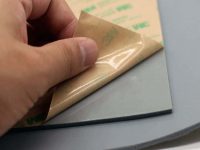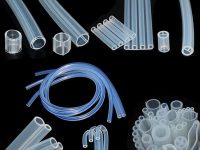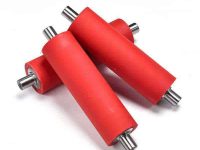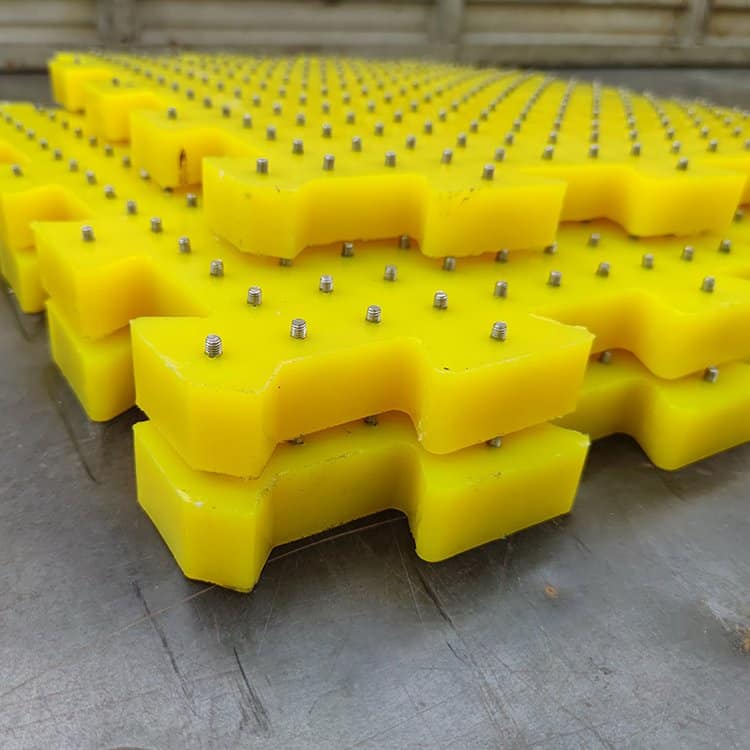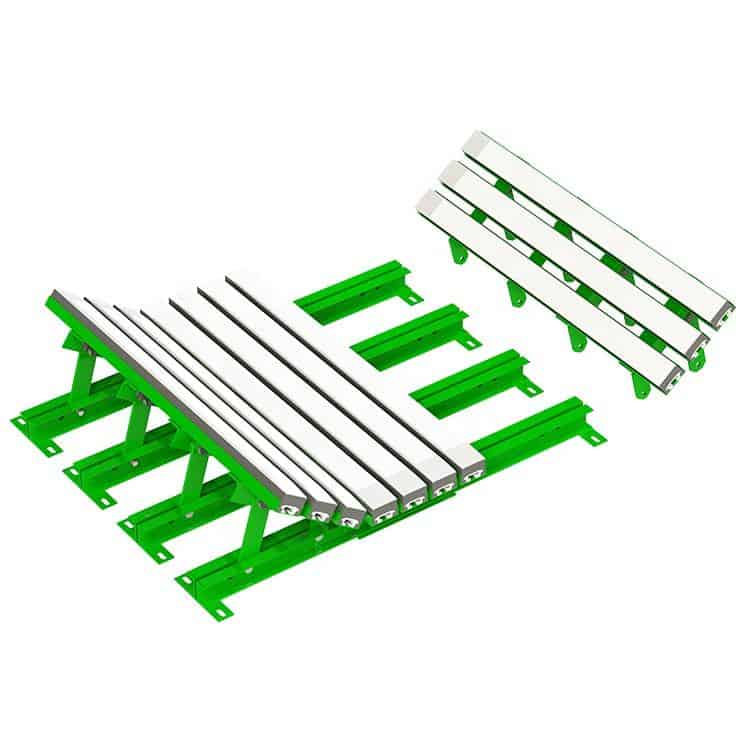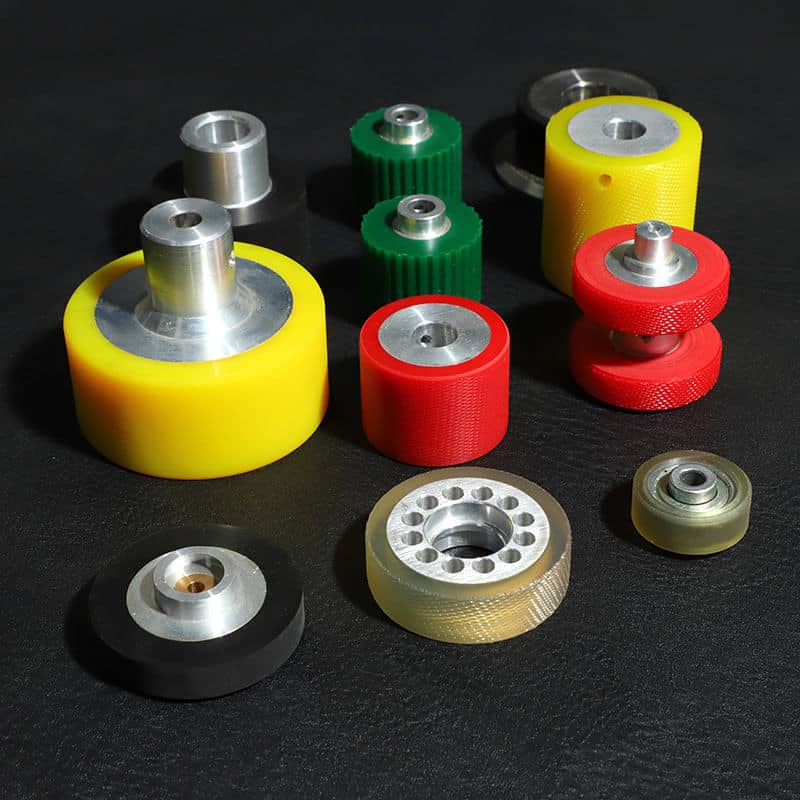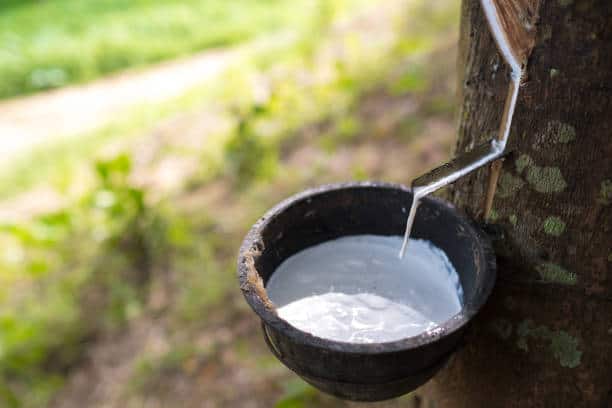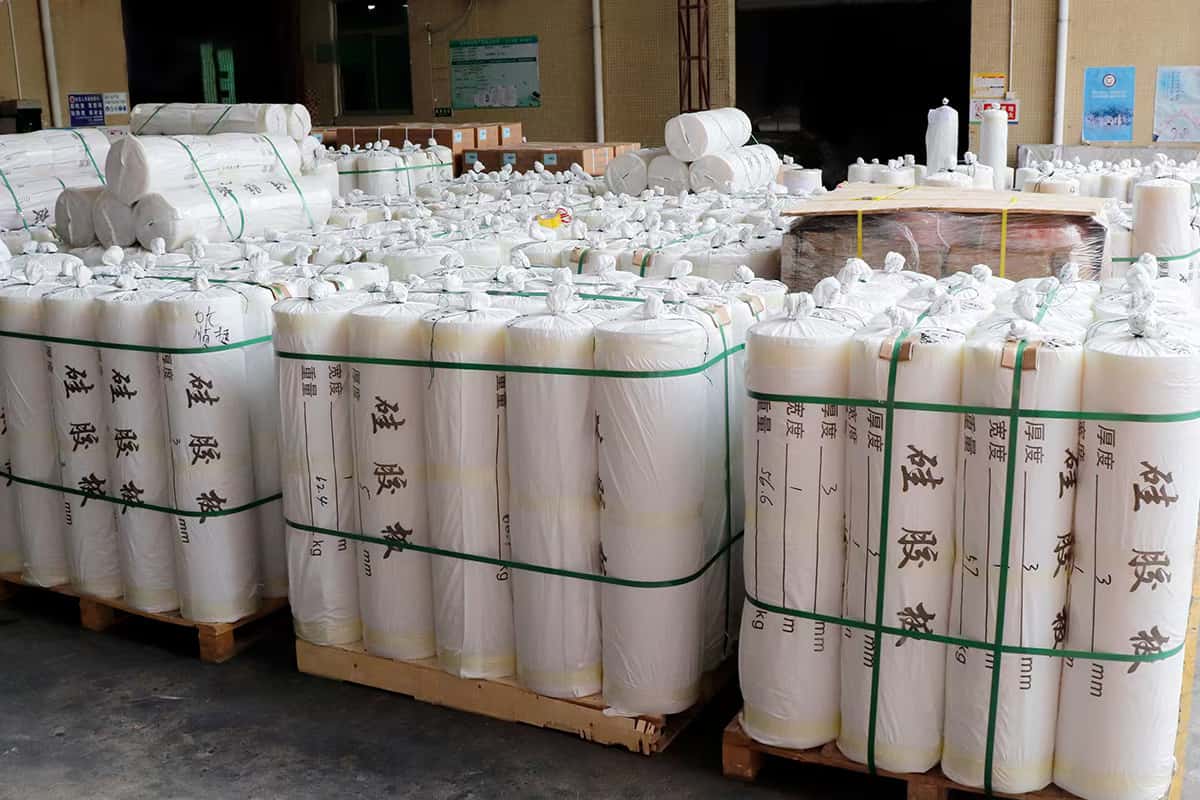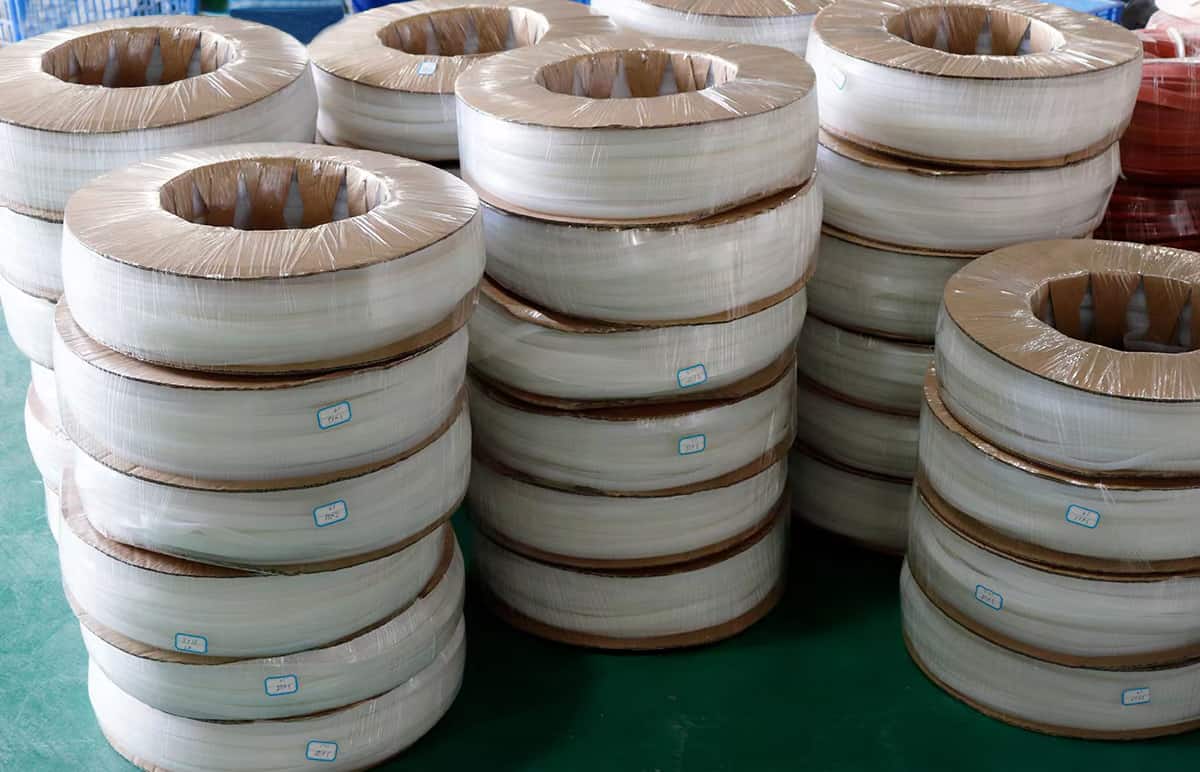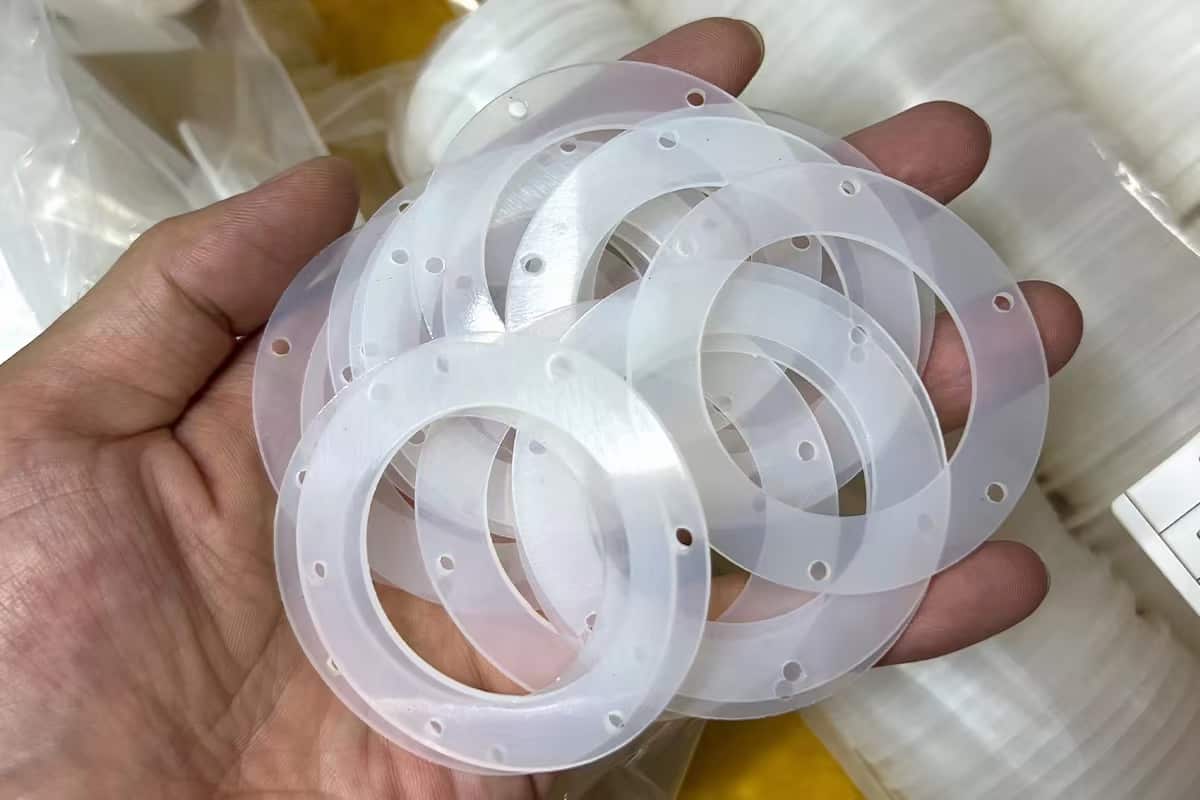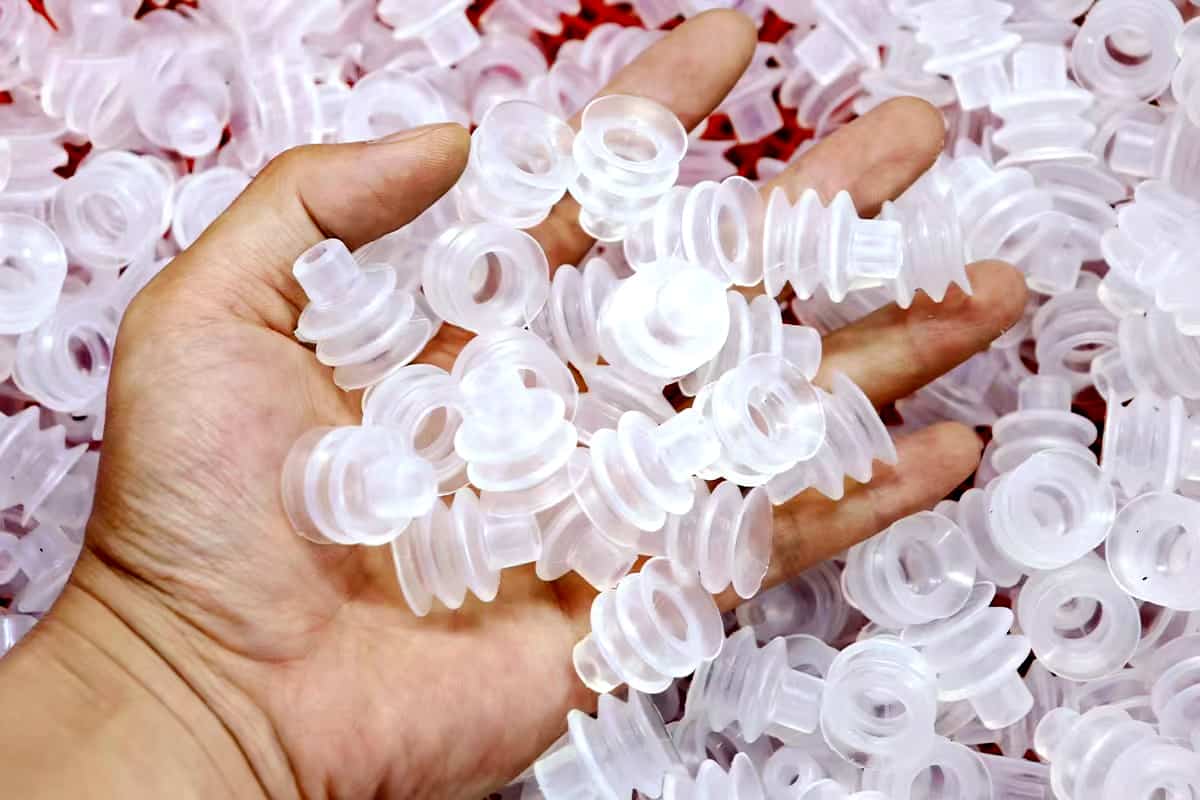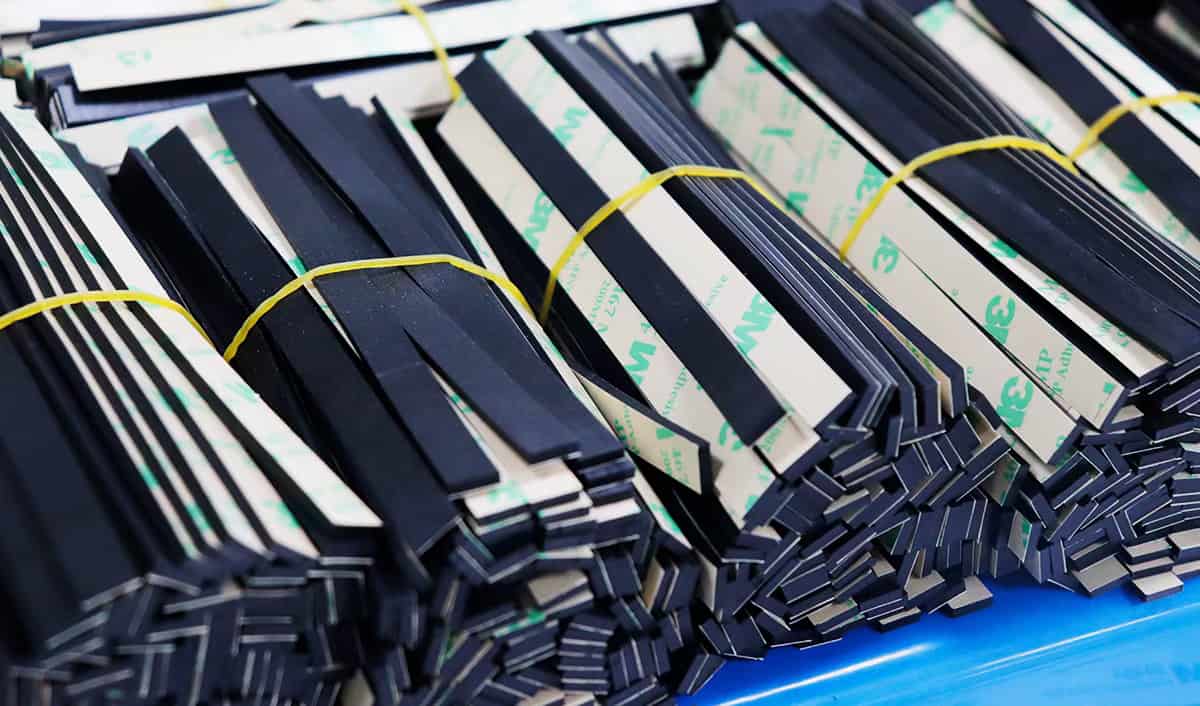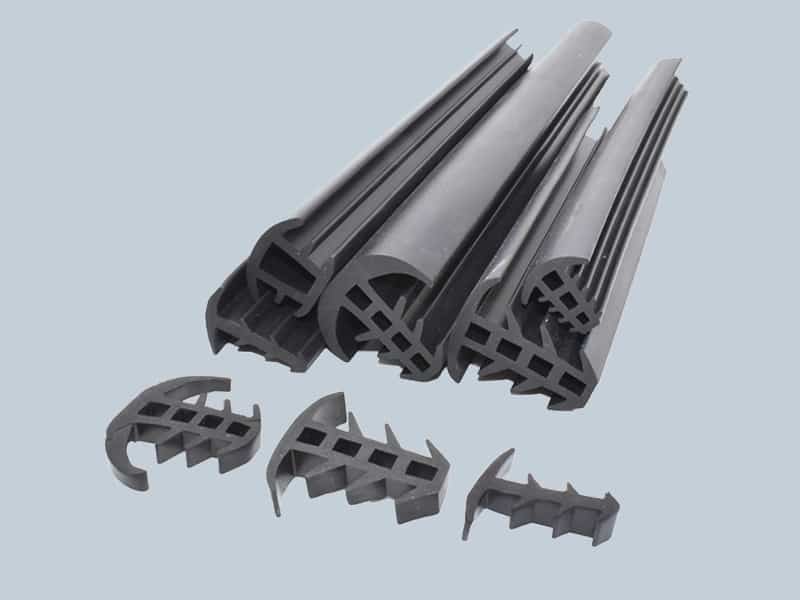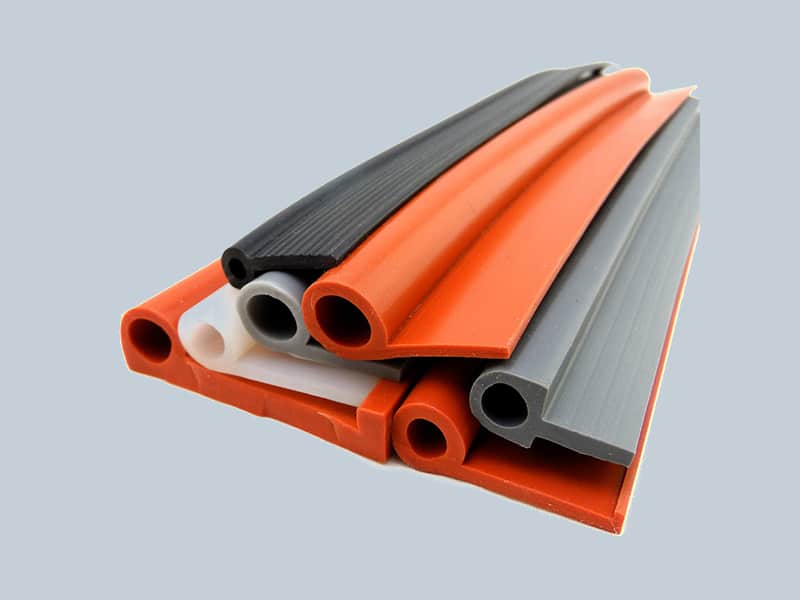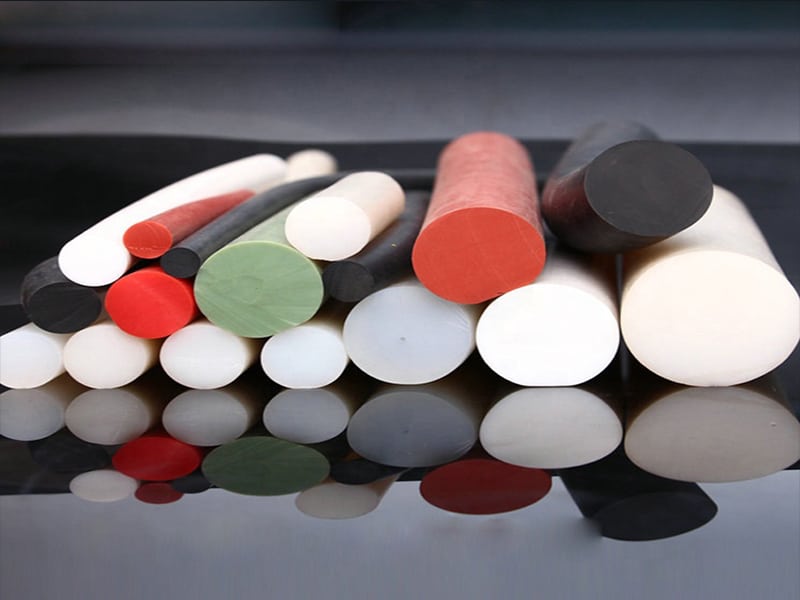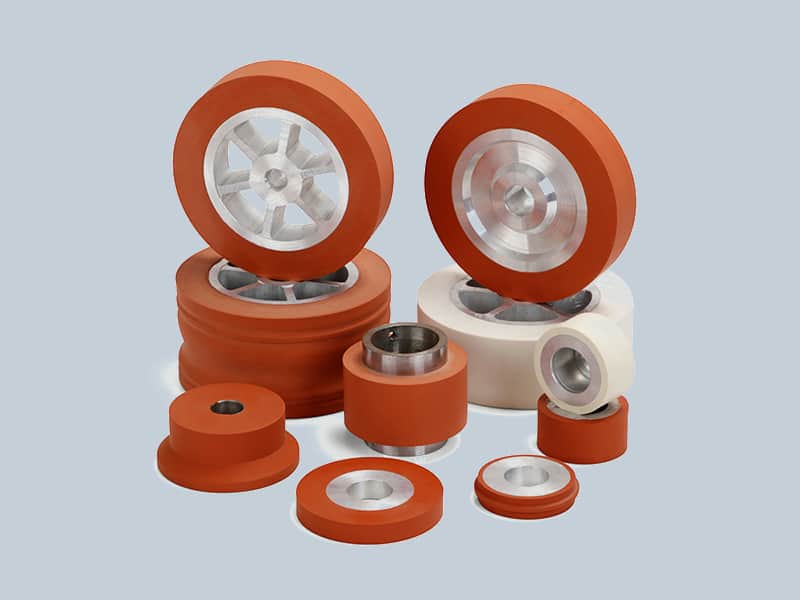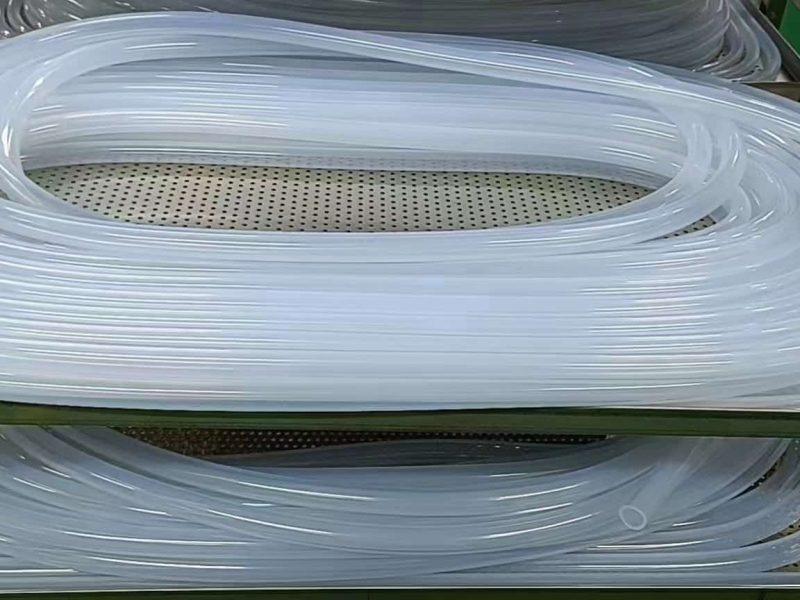
Silicone Tube for Distiller
A silicone tube is a powerful tool for distillers to use in their craft. It’s lightweight, easy to work with and provides superior performance over traditional metal tubes. Distillers can benefit from using silicone tubing in their distillation process as it has excellent heat resistance and does not corrode or leach metals into the liquid contents. Additionally, it offers superior flexibility compared to metal tubing and can be routed around corners without kinking or breaking.
Silicone tubing also offers many advantages over glass, such as better durability and easier cleaning if needed. Distillers can even purchase food-grade silicone that meets FDA standards for quality assurance when using for beverage-making applications. This material is also available in various sizes so that it can be used on different types of distillation equipment and still provide a reliable seal without any leaks or messes.
Benefits of Silicone Tube
Silicone tube has become an essential part of the distilling process. It is used to direct and control the flow of liquids, gases, and solids in distilleries. Silicone tube provides numerous benefits that make it an ideal choice for distilleries looking to improve their processes.
One of the biggest advantages of using silicone tube is its resistance to high temperatures and pressures. This makes it perfect for use in boilers and condensers, where temperatures are often very high. Furthermore, silicone does not corrode or react with certain chemicals which can cause contamination during the distillation process. Additionally, silicone tubes are incredibly flexible yet strong enough to resist bursting under pressure or being damaged by abrasion from flowing liquids or gases – making them an ideal choice for transferring hot liquid around a still without any risk of breakage or leakage.
Selection Criteria
Selection criteria are important when choosing a silicone tube for Distiller. Quality should be the utmost concern when selecting a silicone tube, as it will ensure safety and durability for years to come. The decision can be made easier by considering several factors: material quality, certification standards, temperature range, and size of the tubing.
Silicone is an excellent choice due to its temperature resistance and flexibility. When looking for the right type of silicone tubing, make sure that it is certified according to industry standards such as USP Class VI or ASTM F-789, which indicate that the material has been tested and approved for food contact applications. It should also have a wide temperature range so that it can withstand both hot and cold temperatures without compromising its integrity or performance.
Installation Process
Installation of a silicone tube for distiller is a relatively straightforward process. It involves attaching the tube to the discharge valve of the distiller and routing it to wherever the condensate needs to go. Some key steps should be followed in order for successful installation, including properly measuring, cutting and fitting the silicone tube, as well as securely fastening it with a clamp or tie-wrap.
To begin, measure out how much silicone tubing is needed by carefully measuring from where it will attach at one end to where it should exit at the other end. Then cut off any extra tubing and use an insertion tool or lubricant to insert one end into the discharge valve of the distiller. Make sure that no sharp edges are left after trimming off excess material before inserting so that there is no damage done to either part during installation.
Troubleshooting Tips for Silicone Tube Used in Distiller
When using a silicone tube in your distillery, you may encounter a few common problems. Thankfully, troubleshooting these issues is not too difficult. Here are some tips to help you get back on track:
First of all, check the positioning of the tube. Make sure it’s properly fitted and securely attached to both the boiler and condenser. If there’s an air leak, replace the silicone tube with a new one that fits tightly. Additionally, inspect for any potential blockages like mineral deposits or kinks in the tubing; these can cause distortions that impede proper functioning of the distiller.
Finally, if your silicone tube does not fit securely into either end of the equipment due to size differences or other factors, try buying an adapter from a local hardware store.
Maintenance Considerations
Silicone tubing is a popular choice for distiller setup and maintenance. This type of tubing is flexible, durable, and highly resistant to both heat and chemical corrosion. In addition, it can be easily fitted into a variety of configurations which makes it ideal for distillation applications.
When selecting silicone tubing for your distiller setup, there are several considerations to keep in mind. The diameter of the tube must be appropriate for the volume that needs to be transferred, as well as its capacity to withstand pressure. It is also important to choose silicone tubing with a high-quality inner lining that will prevent the transfer of residue or particles between different liquids during processing. Finally, proper maintenance should always be considered when using silicone tube with a distiller system; this includes regularly inspecting all connections and replacing worn or broken parts as needed.
Conclusion
Silicone tubes for distiller have become an increasingly popular choice in recent years. They offer a number of advantages over traditional materials, from improved heat and chemical resistance to ease of installation. Ultimately, silicone provides the best combination of durability and cost-effectiveness for many applications.
When considering the use of silicone tubes for distilling liquid products, it’s important to understand both the pros and cons that come with using this material. For most applications, silicone is a great choice because it’s highly durable and resistant to heat, chemicals and other environmental factors. Additionally, since its installation process is relatively easy compared to more traditional materials such as stainless steel or copper tubing, it reduces labor costs while still providing exceptional performance. On the downside however, silicone may not be suitable for high temperature processes exceeding 300°C due to its melting point.


